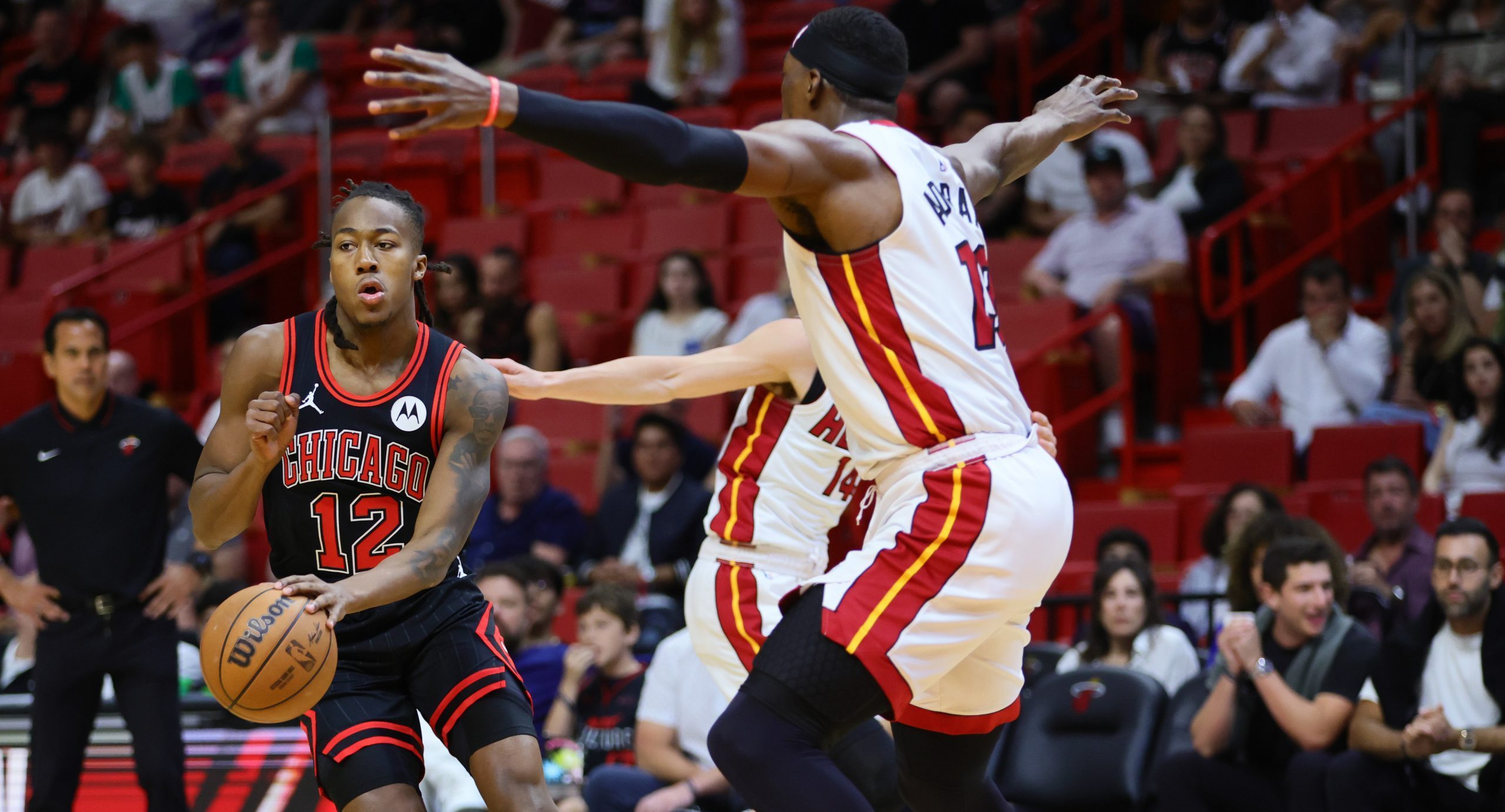In 1998, the NBA Finals featuring Michael Jordan and the Chicago Bulls’ last run to the title did an 18.7 rating on NBC. Then Jordan retired for the second of three times.
The following year, the Finals rating dipped to an 11.3 rating. It never has been higher than 12.1 (2001 for Lakers-Philly) since ’98 and even dropped to an all-time low of 6.2 for San Antonio-Cleveland in 2007.
Yet nobody declared the NBA dead.
Keep those numbers in mind in light of everyone writing off golf in the post-Tiger Woods era. With Woods on the shelf again for this week’s Players Championship and likely for the U.S. Open in June, the game is getting another glimpse of what it will be like when the Michael Jordan of golf completely fades from the spotlight.
The initial returns from a Tiger-less Masters suggest a major tune-out is on the way, with ratings plunging. The final round did a 6.8 rating, down 28 percent from 2013 when Woods was in contention. To be fair, there wasn’t much in the way of drama on that Sunday.
Nevertheless, put those numbers in the context of what happened to the NBA in the post-Jordan era, and they are right in line. When you have transcendent athletes like Jordan and Woods, whose reach goes far beyond the traditional followers of their sports, you are going to have a potential huge spike in the ratings. When they go away, the spike also disappears. Things revert back to a more normal level.
NBC’s Dan Hicks said it best of post-Tiger golf on TV: “I believe we’re in for a correction.”
“Tiger has given us some unbelievable golf,” Hicks said. “It’s not just the unmatched highlights. It’s also the way he wins golf tournaments. You can talk about (Jack Nicklaus), but nobody comes close to doing what Tiger did. When that goes away, that’s not going to be replaced.”
CBS’ Peter Kostis suggests that Woods presence has inflated expectations for golf. It isn’t possible for the game to sustain the lofty levels that were achieved during Woods’ peak.
“I think the golf community got duped into thinking that golf was going to become a major sport when Tiger came along,” Kostis said. “Golf has always been a niche sport, and in my opinion it’s always going to be a niche sport. When Tiger came along, maybe viewership went up on certain broadcasts and so on and so forth, but it never really translated into more golfers going to the golf course. It hasn’t translated into an appreciable increase in minorities playing, and now they’re talking about how many billions of dollars golf is going to lose because Tiger is injured. I don’t see that.”
“I just think that golf is golf, and it’s not going to be baseball, it’s not going to be basketball, it’s certainly not going to be football. You know, we’re going to settle back into golf’s reality and not the fantasy that people thought it might become when Tiger came along,” Kostis added.
This isn’t to say golf is going to disappear in the desert. Golf Channel President Mike McCarley is bullish on some of the game’s young players like Jordan Spieth and Rory McIlroy. He also contends Bubba Watson, with his distinctive game, now becomes a much-watch player coming off his second Masters title in three years.
“Sure, when Tiger is not in an event, there’s an undeniable loss of interest,” McCarley said. “It’s not as much as it used to be partly because of the young players coming up. Without Tiger being out there, you’re going see these players get more of the attention.”
In Woods’ absence, there has been a considerable amount of parity in golf this year, with different winners almost every week. NBC’s Mark Rolfing doesn’t think that’s a bad thing.
“Parity works well for the NFL,” Rolfing said. “I think it is important for golf to create a rooting interest with these young players. You need to create a situation where you root for or against a player. You always have that with Tiger Woods.”
Rolfing, though, cautions that golf shouldn’t expect another Woods to come along. He contends course conditions, equipment, and the caliber of today’s athletes will make it “too hard for a single player to dominate.”
The best bet for now is for Woods to make a strong comeback—again. While his body appears to be conspiring against him, other players have overcome injuries at age 38.
Woods isn’t done just yet. The networks still can count on a few ratings spikes from him.








Comments are closed.